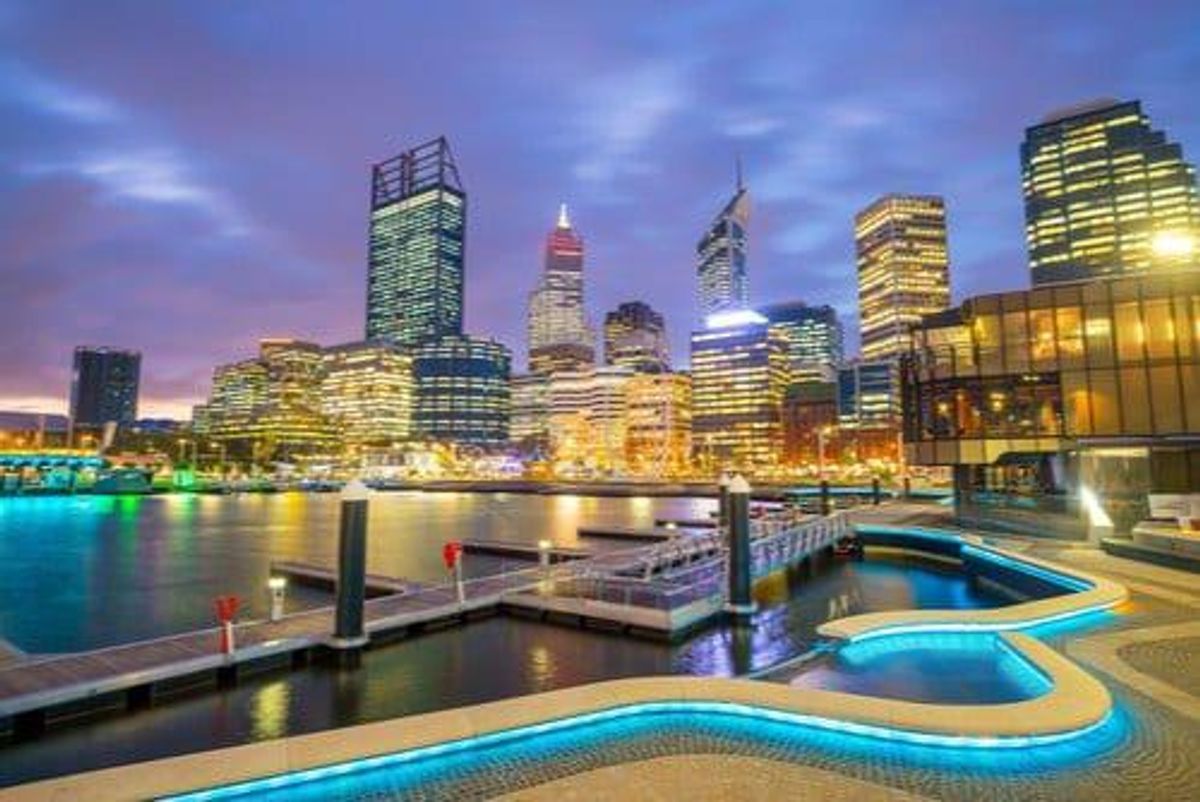Altura Mining’s Fate Puts Australian Lithium Supply in Focus
Western Australia-focused Altura entered receivership at the end of October on the back of a low price environment fuelled by COVID-19.

Wide-ranging challenges for lithium producers around the world have continued in 2020, and the land down under has been no exception.
A low price environment fuelled by COVID-19 hurdles hit many companies across the battery metals space, with the most recent news coming from Western Australia-focused Altura Mining.
The company entered receivership at the end of last month, although its shares were delisted in August. Administrator KordaMentha will be managing Altura’s debt and will conduct a formal process to market its assets for sale and recapitalisation opportunities ― a process that is estimated to take five weeks.
Benchmark’s Lithium Forecast estimates Altura’s total costs were in excess of US$400 per tonne, much higher than today’s spodumene price, with the company’s debt reported to be over AU$200 million.
Just a couple of days after the news broke, neighbour spodumene producer Pilbara Minerals (ASX:PLS) entered into a conditional agreement to acquire Altura for about US$175 million.
“This potential acquisition represents a logical consolidation of two neighbouring operations to unite the greater Pilgangoora orebody, unlocking tangible synergies in both the short and long term,” Managing Director Ken Brinsden said.
Pilbara Minerals is developing the Pilgangoora lithium-tantalum project, which produced 62,404 dry metric tonnes of spodumene concentrate during the September quarter.
Any consolidation of Australia’s spodumene operations will set the blueprint for the supply outlook for the next decade and beyond, Benchmark Mineral Intelligence analysts said in a note.
“While much of the investment community has been hesitant to invest in the lithium space in recent years, primarily due to the low price environment, those that act now will like see themselves the dominant force for the next growth cycle, capitalising on the rapidly growing industry and move to higher pricing,” they added in the document.
Commenting on the Altura news, Roskill analysts said Altura’s closure is expected to accelerate the drawdown of mineral inventories held at warehouses and facilities, predominantly in China.
“Though the drawdown in inventories is expected to be beneficial for lithium mineral concentrate producers on the whole, it may still be some time before spodumene prices recover back to more than US$450 per tonne, last seen in early 2020,” they commented.
Despite the casualties seen in the Australian lithium space in recent years, which also include Alita Resources and Mineral Resources, Australia’s potential as a key player in the supply chain remains, as the expected demand for lithium and other critical metals could create opportunities for the country.
Australia is the world’s top producer of lithium and has the second-largest reserves in the world, with plans to also move further down the supply chain and develop hydroxide facilities.
Speaking at Fastmarkets’ recent online Lithium Supply & Markets event, Jessica Robinson of Australia’s Critical Resource Facilitation Office said lithium producers in the country have clearly been affected by the ongoing tough market environment.
“There’s been a pullback in capital expenditure, and public confidence has also made investments and cash injections into these projects more difficult in recent times,” she said. “But as we see the huge expected uptick in the need for lithium, and an increased demand in exports, this obviously presents really exciting opportunities for Australia.”
Australian lithium producers are expected to increase their exports by 70 percent in 2022, she said.
Robinson also highlighted the country’s ranking as one of the best investment environments in the world for mining projects, according to the Fraser Institute.
“Australia offers a stable policy environment,” she said. “The Western Australian government also has significant funding into dedicated facilities to support projects such as lithium in that jurisdiction.”
There will be four operating mines in the region after Altura goes into care and maintenance, including Pilbara Minerals’ Pilgangoora project.
Speaking at a panel on the lithium market in 2020, Brinsden said even though COVID-19 has had a negative impact on all levels of society, it has arguably been good for the new energy sector.
“Because it’s forced, arguably, almost everybody to revisit the model by which they purchase, they incentivise, subsidise or otherwise invest in what ultimately contributes to a lower-carbon economy,” he said. “Governments have become very focused on where they put their incentive dollars, subsidy dollars, so it feels like the new energy sector is a net beneficiary.”
Brinsden said China and Europe have economies that could dial up battery consumption and therefore growth in lithium demand.
“It doesn’t mean you can be complacent — it’s also an industry that’s ultra-competitive,” he said. “(In the last couple of years), you had to really sharpen the pencil and make sure that you’ve got an ultra-competitive mine and that you’re participating in the right parts of the supply chain.”
Don’t forget to follow us @INN_Australia for real-time updates!
Securities Disclosure: I, Priscila Barrera, hold no direct investment interest in any company mentioned in this article.






